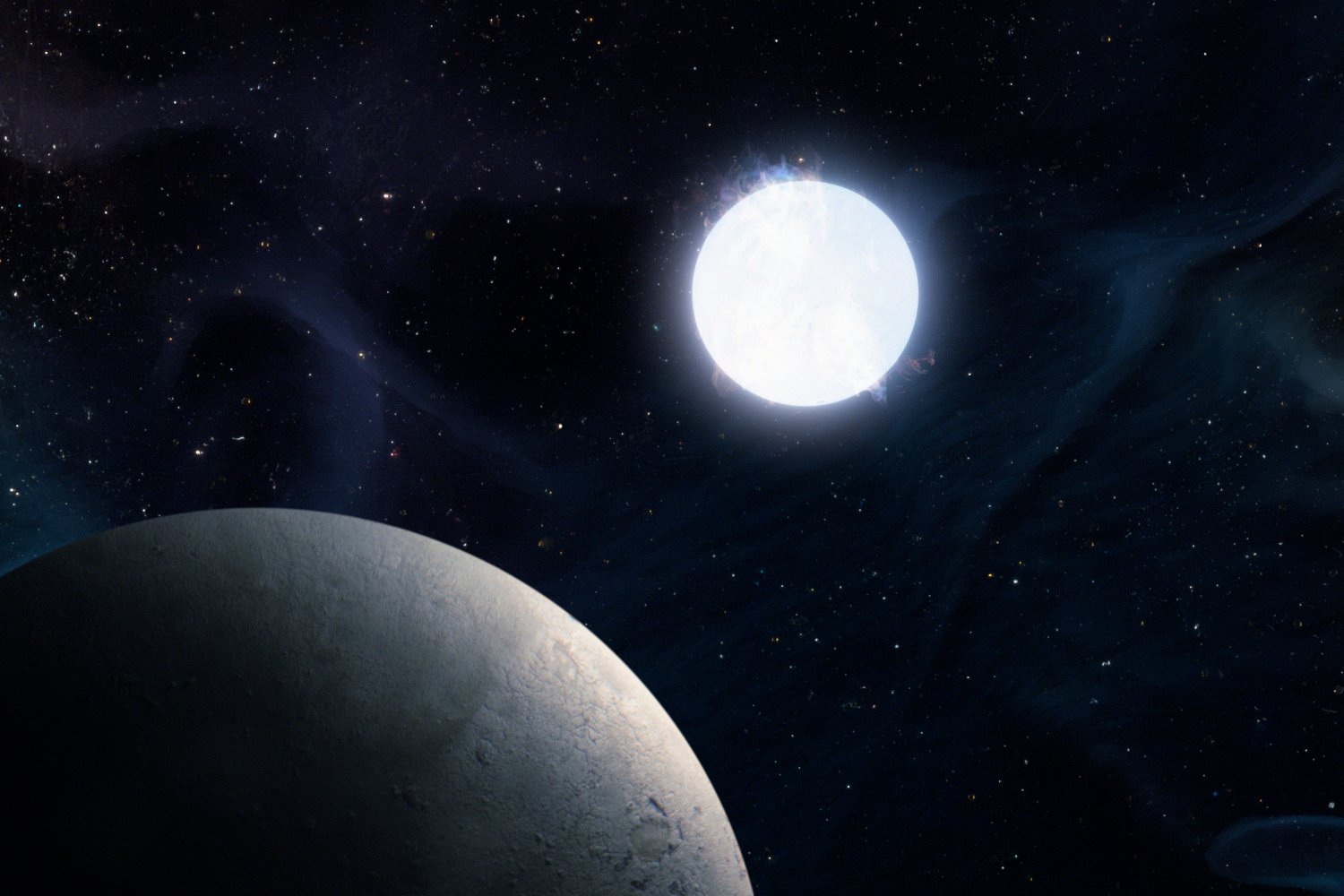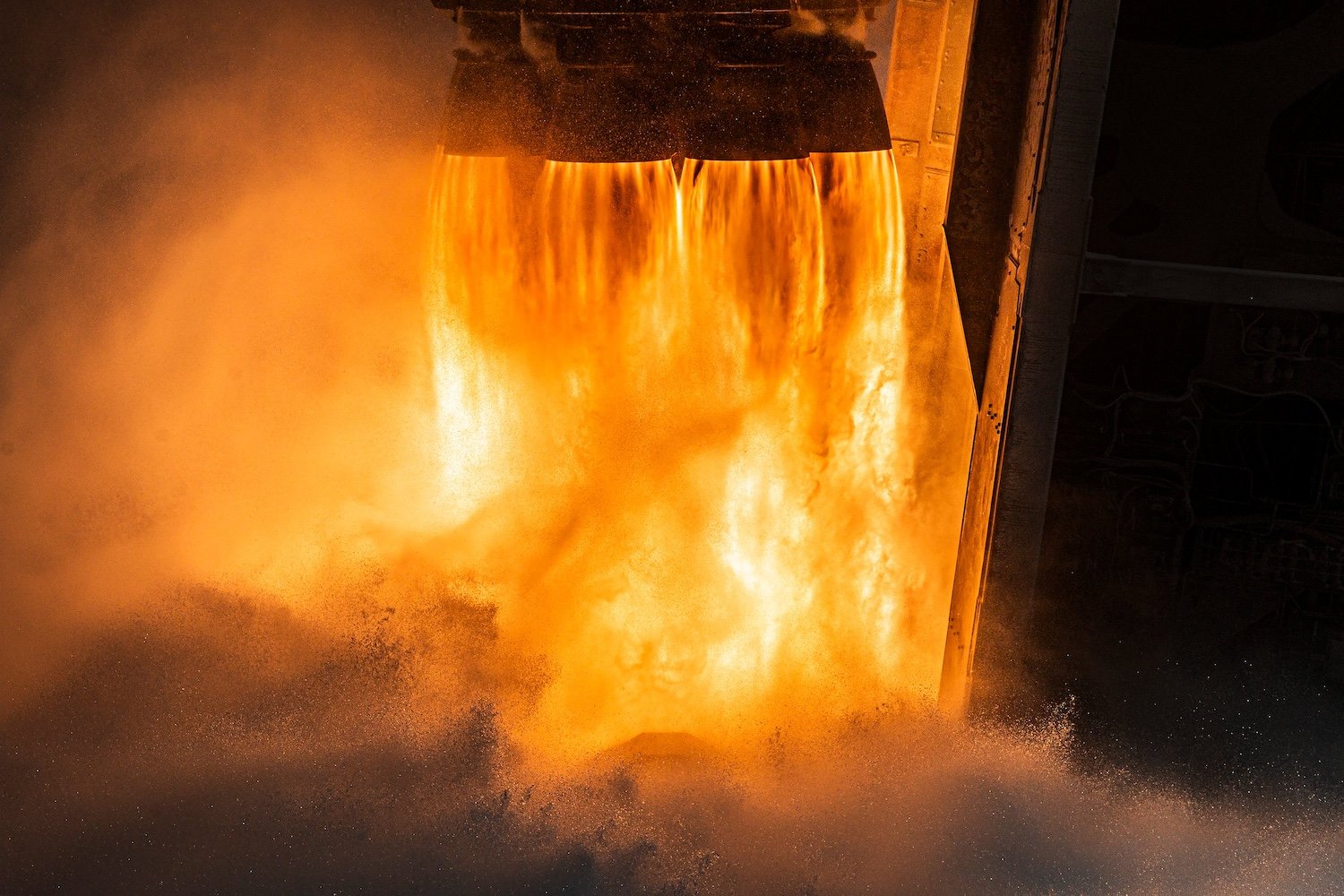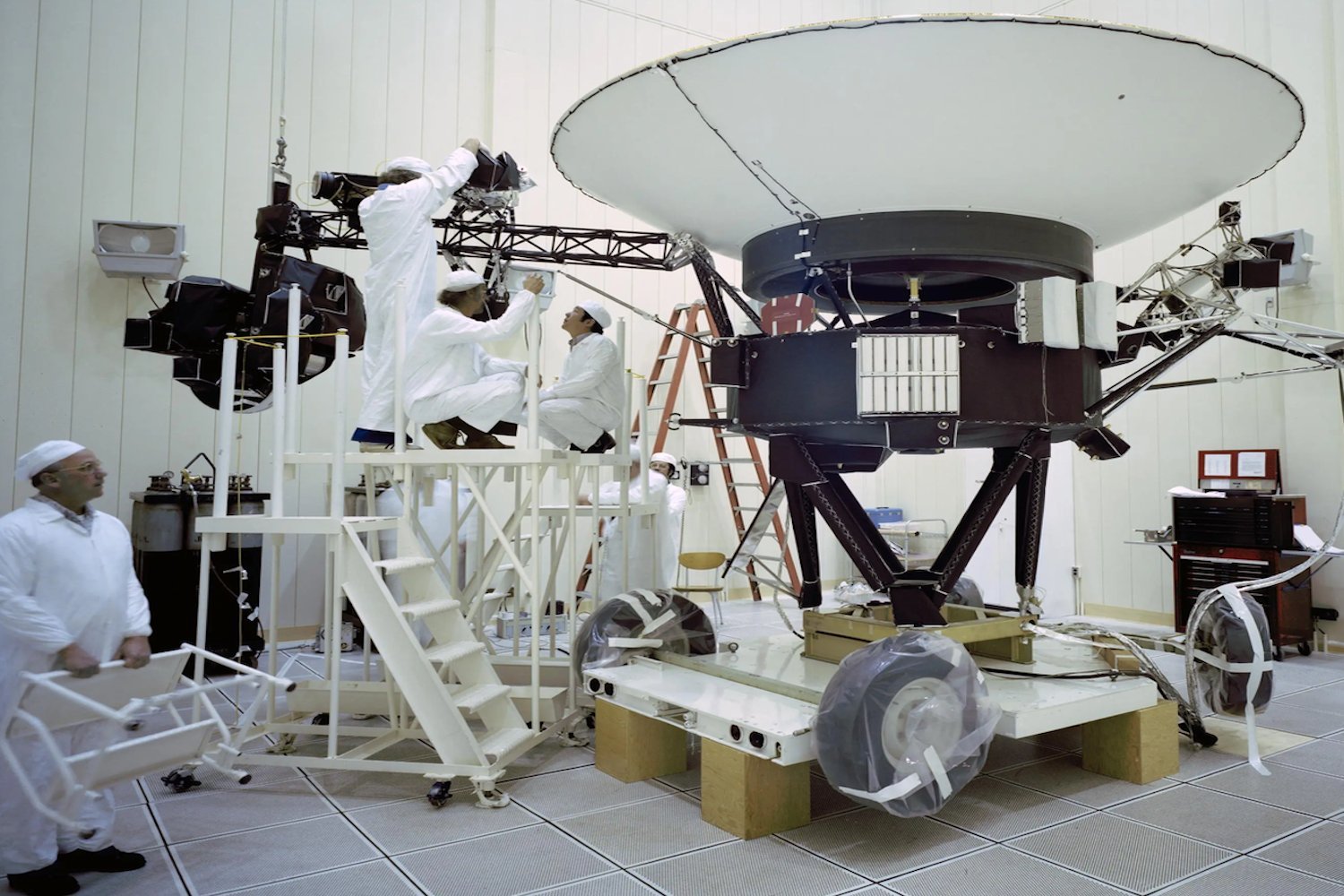Billions of years from now, our Sun will exhaust its fuel and expand outwards, engulfing nearby planets. While life on Earth will likely be extinct long before this event, our planet itself might survive. Recent observations of a rocky exoplanet orbiting a white dwarf offer a potential preview of Earth’s distant fate.
Approximately 4,000 light-years away, astronomers have discovered a star system where a terrestrial planet has persevered despite its star’s demise. This discovery was made possible through a phenomenon called microlensing, where gravity bends and magnifies light from distant objects. The gravity of the star system acted as a lens, magnifying the light of a background star. As the system moved, the background star’s light faded, revealing a dark object with significant gravitational pull: a white dwarf, the remnant core of a dead star.
Further analysis revealed two objects orbiting the white dwarf: a brown dwarf (larger than a gas giant, smaller than a star) and a rocky exoplanet about 20% larger than Earth. This study, published in Nature Astronomy, suggests this exoplanet may mirror Earth’s future.
A Glimpse into Earth’s Fate?
In roughly 6 billion years, our Sun will deplete its hydrogen fuel. Its core will contract and heat up, fusing helium into heavier elements. The Sun will then expand into a red giant. While Mars will likely survive this expansion, Earth’s fate remains uncertain. Depending on the extent of the Sun’s growth, Earth could be swallowed and destroyed like Venus and Mercury. Alternatively, like the recently discovered exoplanet, Earth might be distant enough to survive.
Life on Earth: A Different Story
Keming Zhang, a postdoctoral fellow at UC San Diego and lead researcher on the study, assures us that life on Earth will be extinct long before the Sun becomes a red giant. “In any case, planet Earth will only be habitable for around another billion years, at which point Earth’s oceans would be vaporized by runaway greenhouse effect—long before the risk of getting swallowed by the red giant,” he explained. This greenhouse effect refers to a natural warming process due to the Sun’s aging, not human activity.
Planets Persisting Around Dead Stars
These two planets orbiting the white dwarf are not unique. In June, another study documented a gas giant, similar in size to Neptune or Saturn, thriving in close orbit around a red giant, albeit with scorching surface temperatures. These discoveries demonstrate that a star’s death doesn’t necessarily mean the end for its orbiting planets.
A Bleak Future, Perhaps with a Silver Lining
Even if Earth survives the Sun’s expansion, it won’t be habitable. Its orbit will shift beyond Mars, outside the habitable zone where liquid water can exist. However, there might be a silver lining. The Sun’s expansion could warm the icy moons of Jupiter and Saturn, potentially making them habitable during the Sun’s red giant phase. If humanity still exists, these moons could offer refuge.
Conclusion
While the ultimate fate of Earth remains unknown, the discovery of a rocky exoplanet surviving around a white dwarf provides a valuable glimpse into a possible future. Though life on Earth will likely be long gone by then, the resilience of this distant planet offers a fascinating perspective on the dynamics of planetary systems and the enduring nature of celestial bodies.










